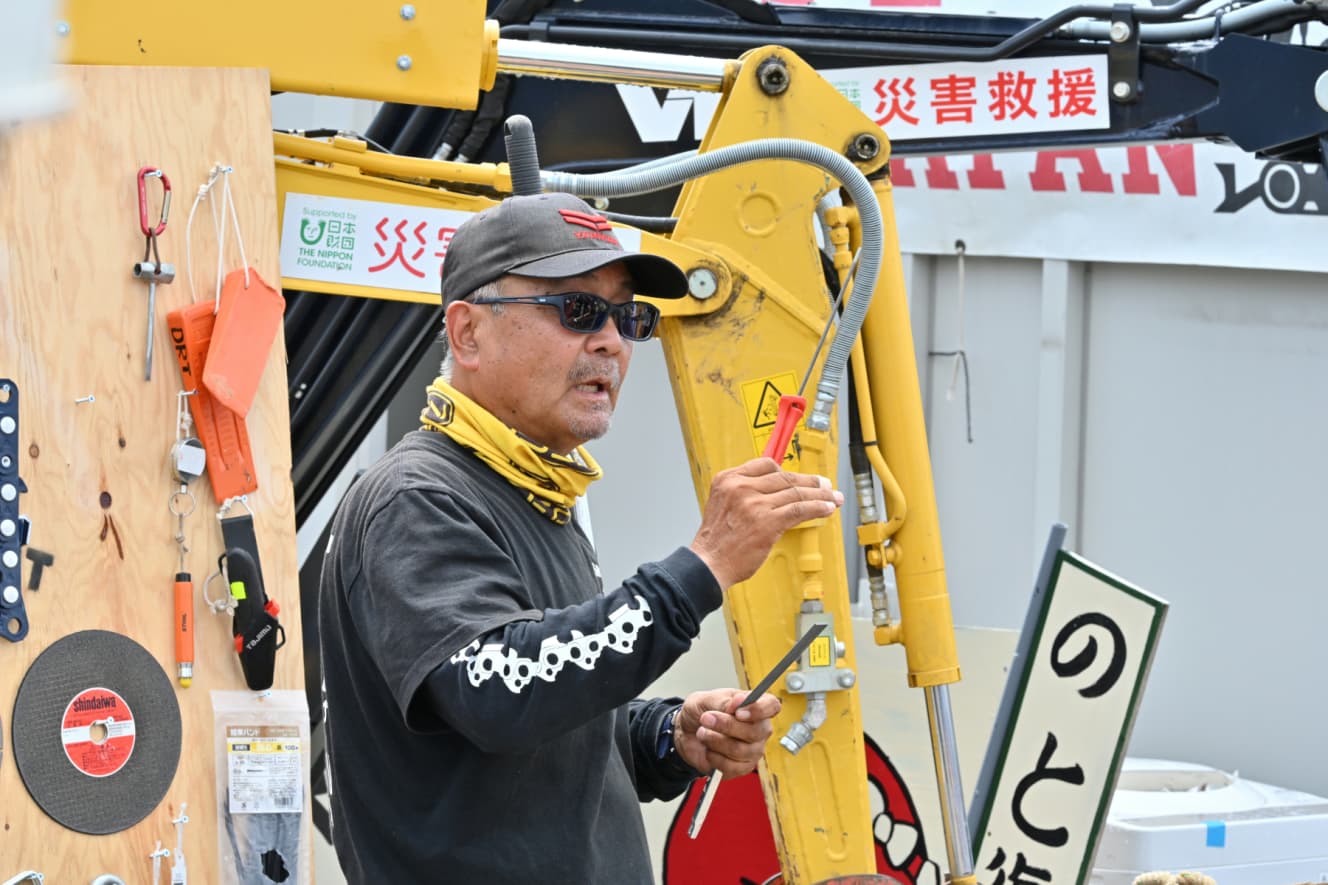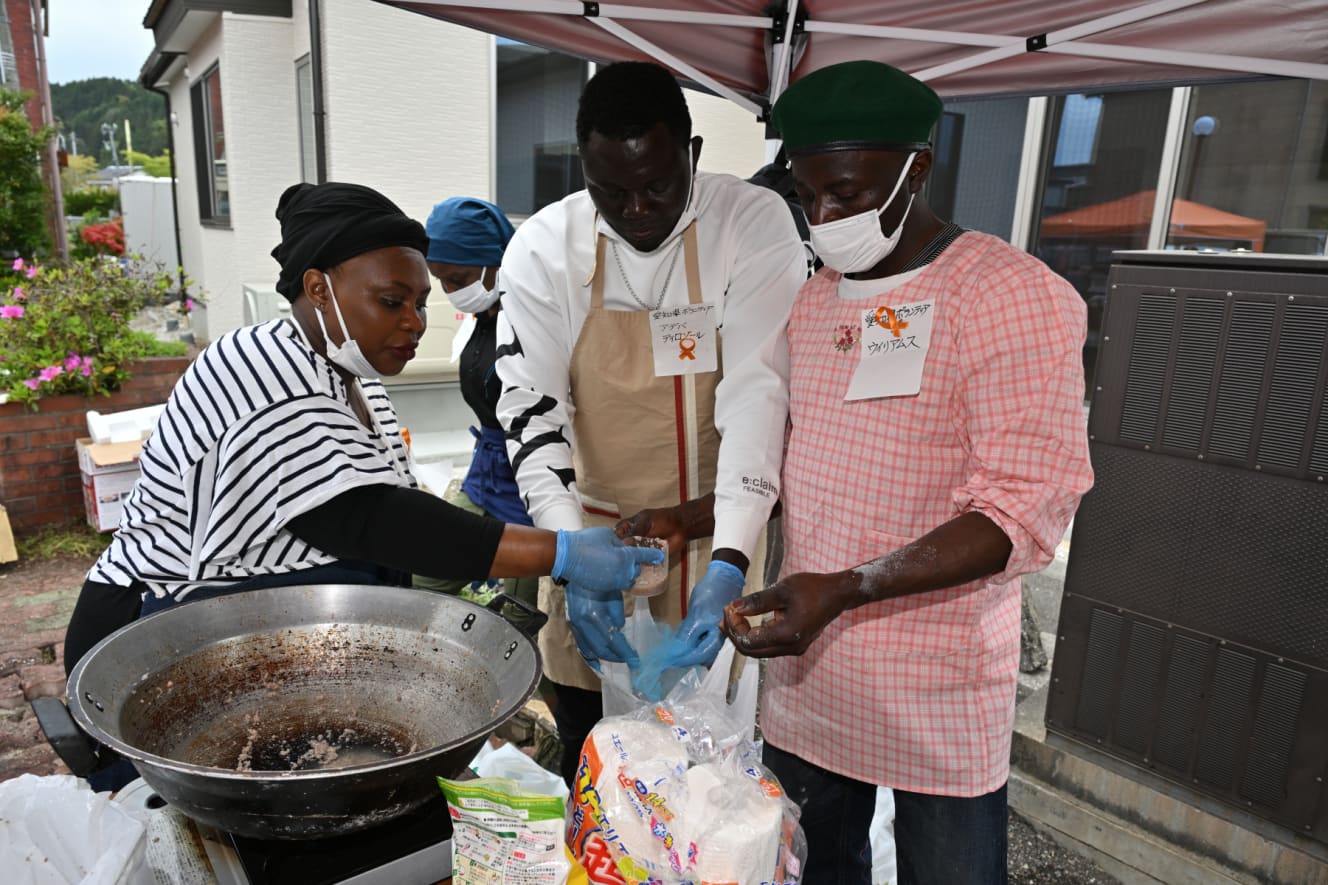Six Months After the Noto Peninsula Earthquake: A Photographer’s Journey Witnessing The Path to Recovery
What is the current state of reconstruction as seen by Naoto Kato, a cameraman who has been covering local volunteers for six months?
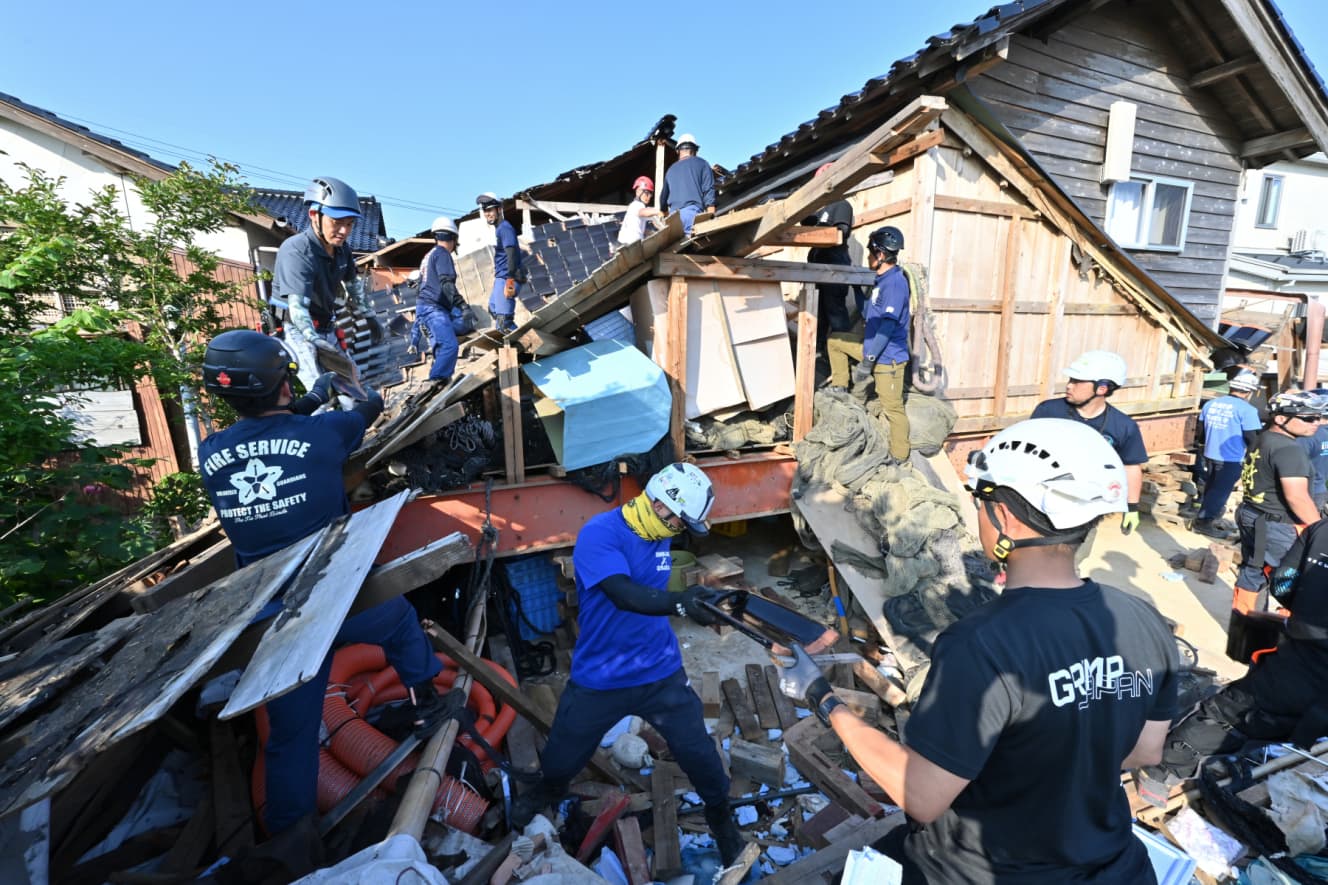
On January 1st, a major earthquake with a maximum intensity of 7 struck Noto Peninsula in Ishikawa Prefecture. Six months have passed since then.
According to the latest damage data released by municipalities in Ishikawa Prefecture, as of the end of June, the death toll has risen to 229 people, with an additional 52 people certified as disaster-related deaths. It is projected that another 18 people will be certified as new disaster-related deaths, bringing the total death toll to 299. Additionally, it has been confirmed that 8,053 houses were completely destroyed and 16,746 houses were partially damaged, making it the third largest scale of damage since the Hanshin-Awaji Earthquake in 1995 and the Great East Japan Earthquake in 2011.
In April, the vital “Noto Railway Nanao Line” for the life of Noto Peninsula resumed full operation. Furthermore, in June, large cargo ships began docking at Kanazawa Port, the largest port in the prefecture. This enabled the sea transport of cement, which was previously transported by land, marking a significant step towards recovery.
Six months after the earthquake, what is the current status of recovery efforts? In fact, a large number of civilian volunteers are at the forefront, working alongside local residents in the recovery process. Over 100,000 volunteers have entered the disaster area since January, supporting recovery efforts amidst inadequate infrastructure and insufficient materials. Photographer Naoto Kato, who has been interviewing these volunteers on the front lines over the past six months, reveals their stories.
The “Existence of Volunteers” as Seen by a Photographer for this Magazine
I entered the local area of Noto Peninsula for the first time on February 2nd. Initially, the transportation network was cut off, and rescue vehicles such as the Self-Defense Forces were given priority, making it difficult to access the site. The town of Suzu, which I visited, alongside Wajima, suffered extensive casualties and damage.
I closely followed the technical NPO organization ‘DRT-JAPAN,’ which also has expertise in operating heavy machinery. They have been conducting support activities on-site since January 2nd, the day after the earthquake. Kurosawa Tsukasa, who coordinates activities on-site, has a track record of supporting various disaster-stricken areas in the past. In this earthquake, he assumed a leadership role overseeing the allocation of tasks among other civilian volunteers.
One of the first things that struck me upon arriving at the site was how unchanged the situation was despite a month passing. It was clear that manpower was insufficient, as homes and cars remained strewn across the roads. Some manholes had been displaced nearly a meter due to liquefaction.
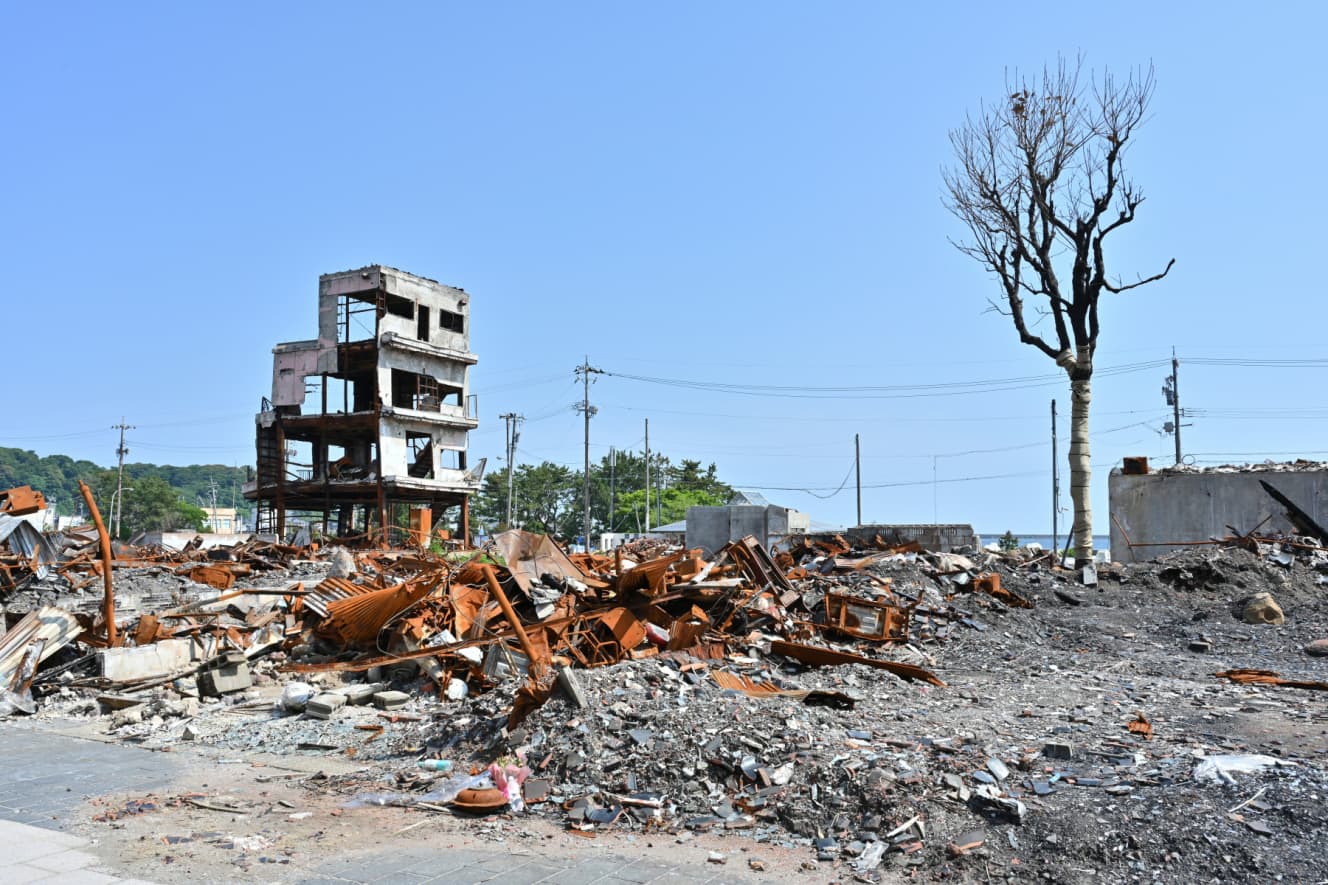
Seeing such a devastated scene, my initial thought was, “Reconstruction seems impossible with infrastructure in such a state.”
However, there was no sense of despair on the faces of Mr. Kurosawa and his team. When I first arrived, their immediate goal was to make the bridge accessible over the harbor. Using heavy machinery for large debris and manual labor for everything else, they painstakingly cleared the roads, step by step, to reopen the pier. Civil engineers, firefighters, and workers from various professions gathered, but the task wasn’t completed in a day—it took several days before the harbor bridge was passable again.
During my stay, alongside my reporting, I participated in the work as much as possible. Some days, fatigue blurred my memory, but I distinctly remember how delicious the curry served at dinner tasted.
I returned to Suzu City on March 1st. Amid heavy snowfall, crews were clearing debris from collapsed houses. While documenting the familiar tasks being carried out, Mr. Kurosawa, the head of ‘DRT,’ uttered a shocking statement.
“We managed to make the harbor bridge passable, but now it’s been deemed unsafe due to the risk of collapse.”
It was a profoundly disheartening moment. By the end of February, Noto Peninsula had experienced over 1,700 seismic tremors of magnitude 1 or higher. Feeling utterly powerless, even Mr. Kurosawa’s demeanor seemed somber at that moment.
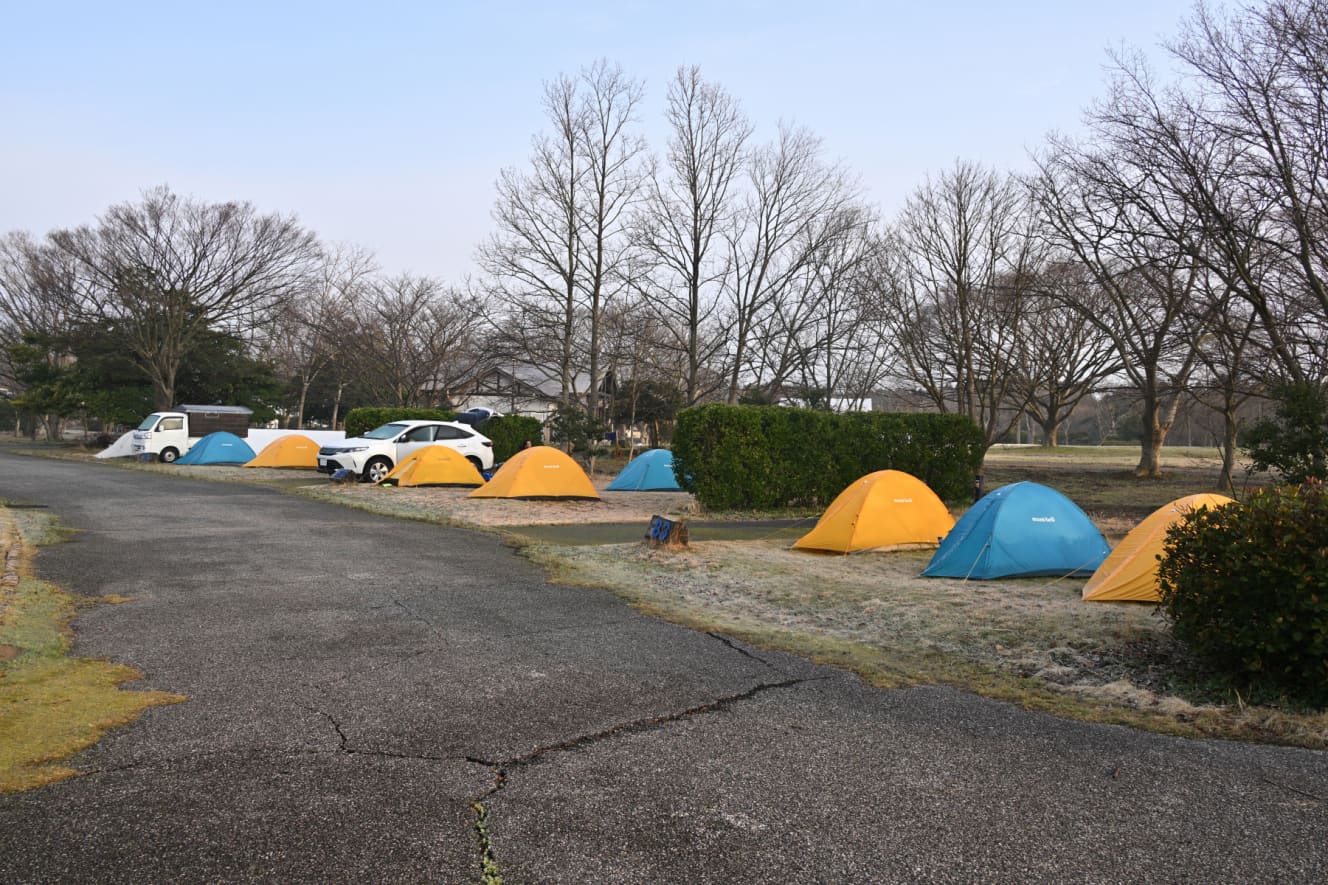
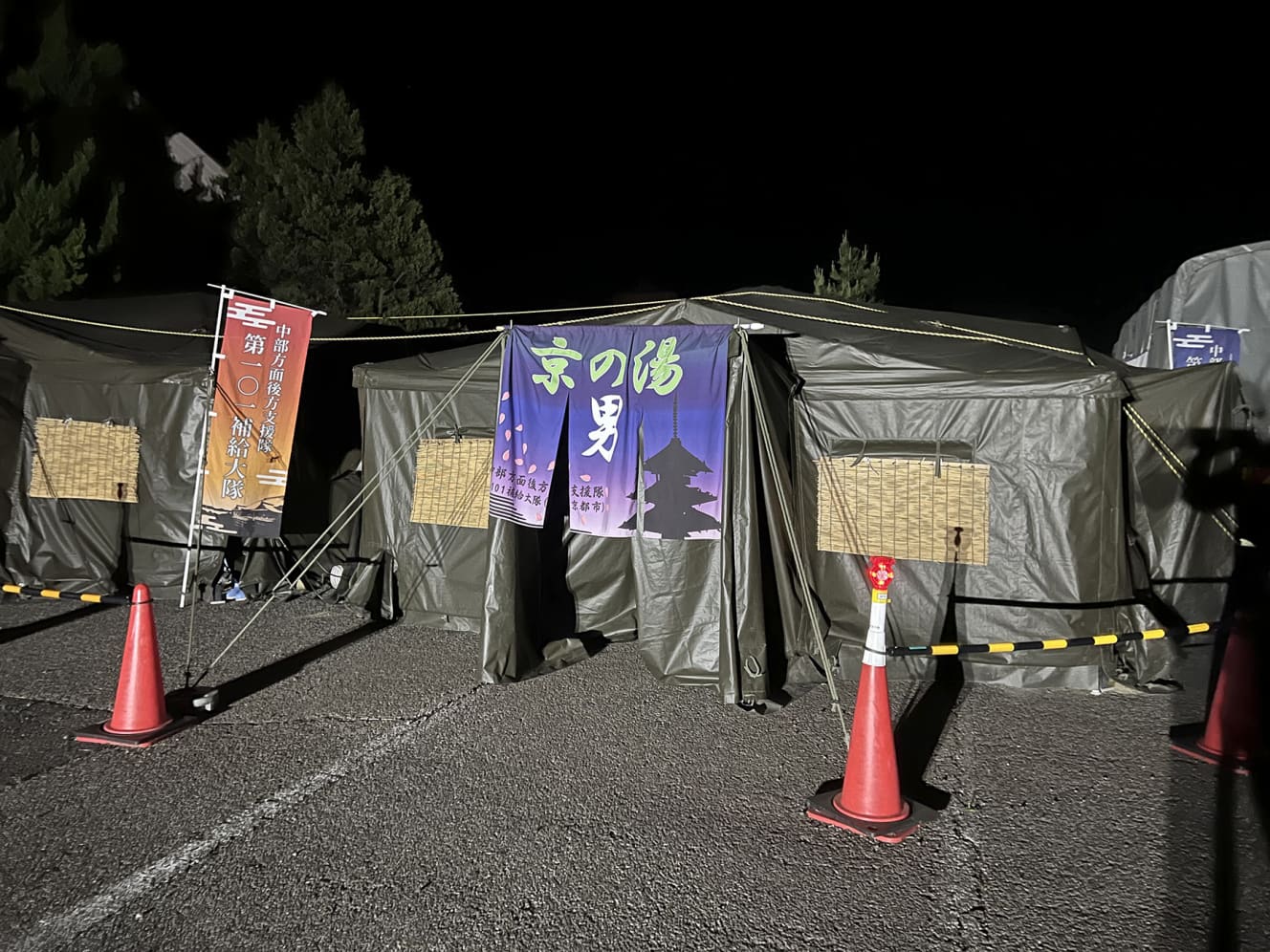

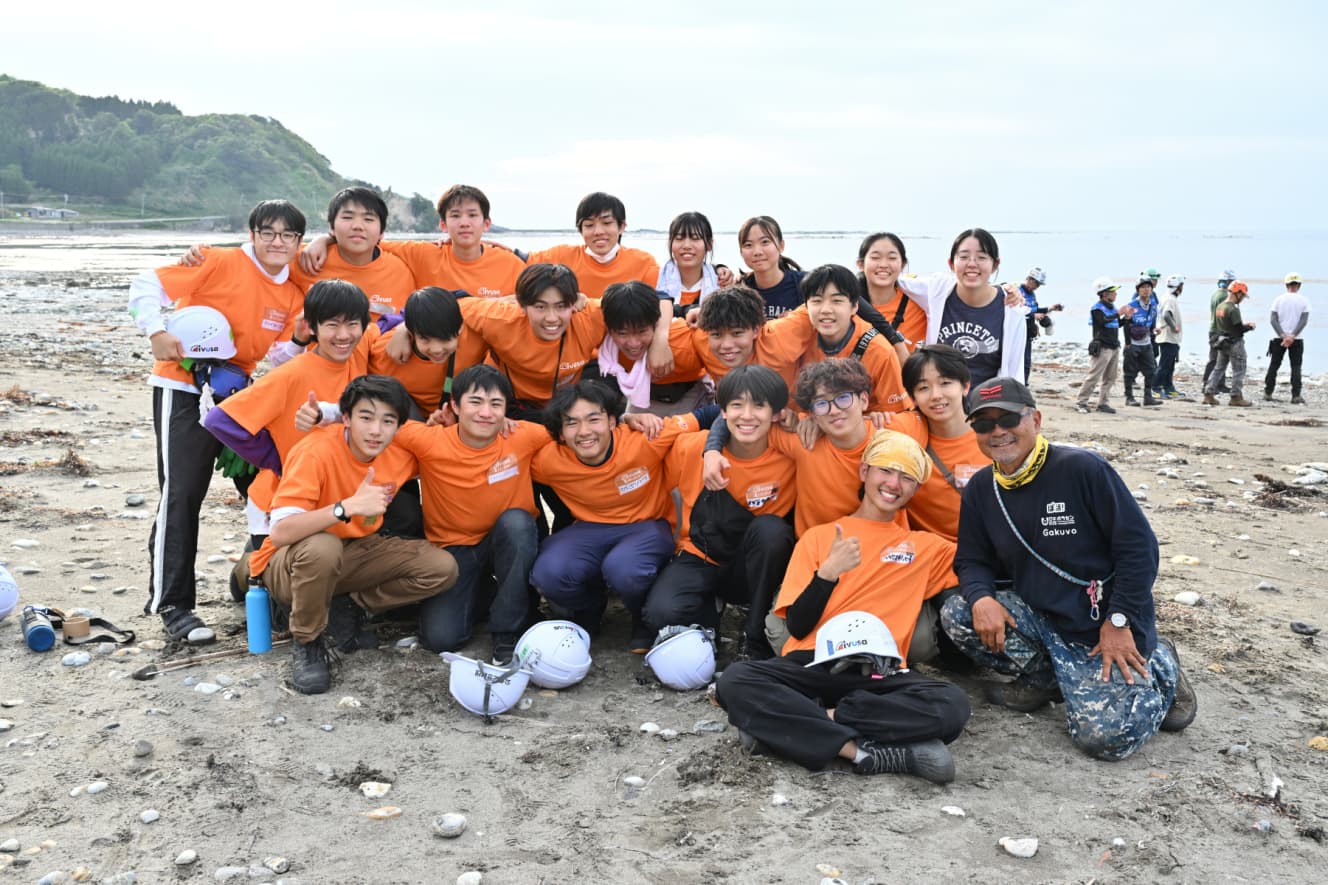
Since then, we have continued our monthly interviews in Suzu City, and in May, we caught up closely with a unique group of volunteers.
On that day, the volunteers picking up trash on the beach were members of IVUSA, a non-profit organization of volunteer students from universities across Japan. They attend school on weekdays and use weekends to support the disaster-stricken areas.
Trash washed ashore by the tsunami was washed up on the beach and is still left there. They manually collected such a large amount of garbage as they went along. They had cup noodles for lunch, but watching them happily eat their lunch naturally cheered up the adults as well.
The next day, we visited a soup kitchen run by foreigners. About 10 people gathered, including those from Brazil, Uganda, Uzbekistan, and Congo. They were cooking as volunteers. When asked, they told us that they had come to Japan to study or work, but had lost their status of residence, were detained by the Immigration Bureau, and are now on provisional release. Nevertheless, they still wanted to do something for Japan and participated in support activities in this way.
Since it was during the Golden Week holidays, many volunteers from all over Japan were enjoying rare Ugandan curry and Uzbek rice plov, etc., saying “delicious, delicious.”
During our last visit in mid-June, we closely followed the removal of mold from collapsed houses and rescue technique training for the fire brigade. Gradually, the local government has begun publicly funded demolition of the houses. However, as of the end of June, only about 70% of the temporary housing units had been completed, and nearly 90% of the publicly funded demolition work had not yet begun, with no end in sight.
Even in such a situation, there are many volunteers who are providing support free of charge. As long as there are people who wish for the recovery of the Noto Peninsula, transcending age and country, the day when the Noto Peninsula regains its normal life is not far off in the future.
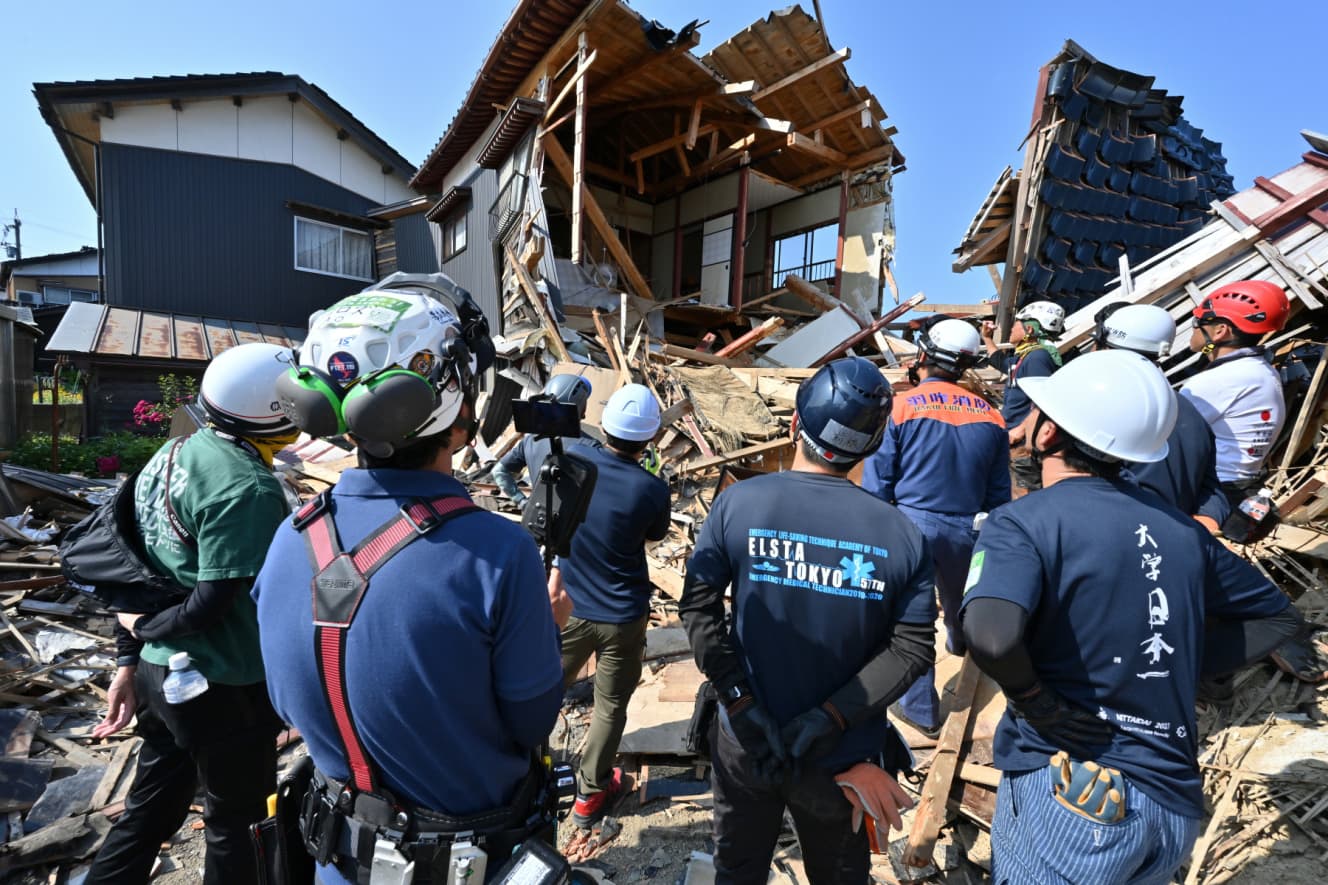
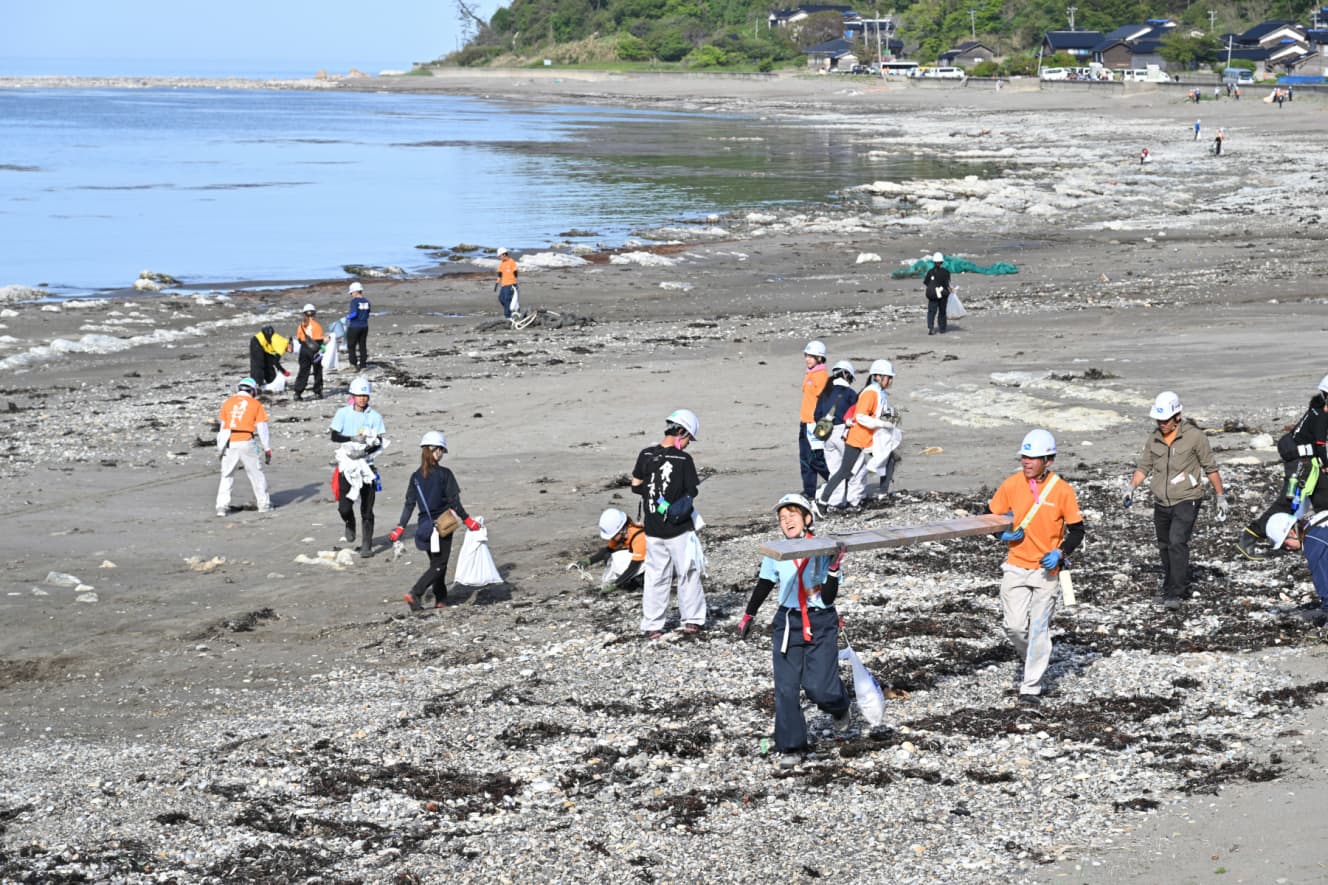
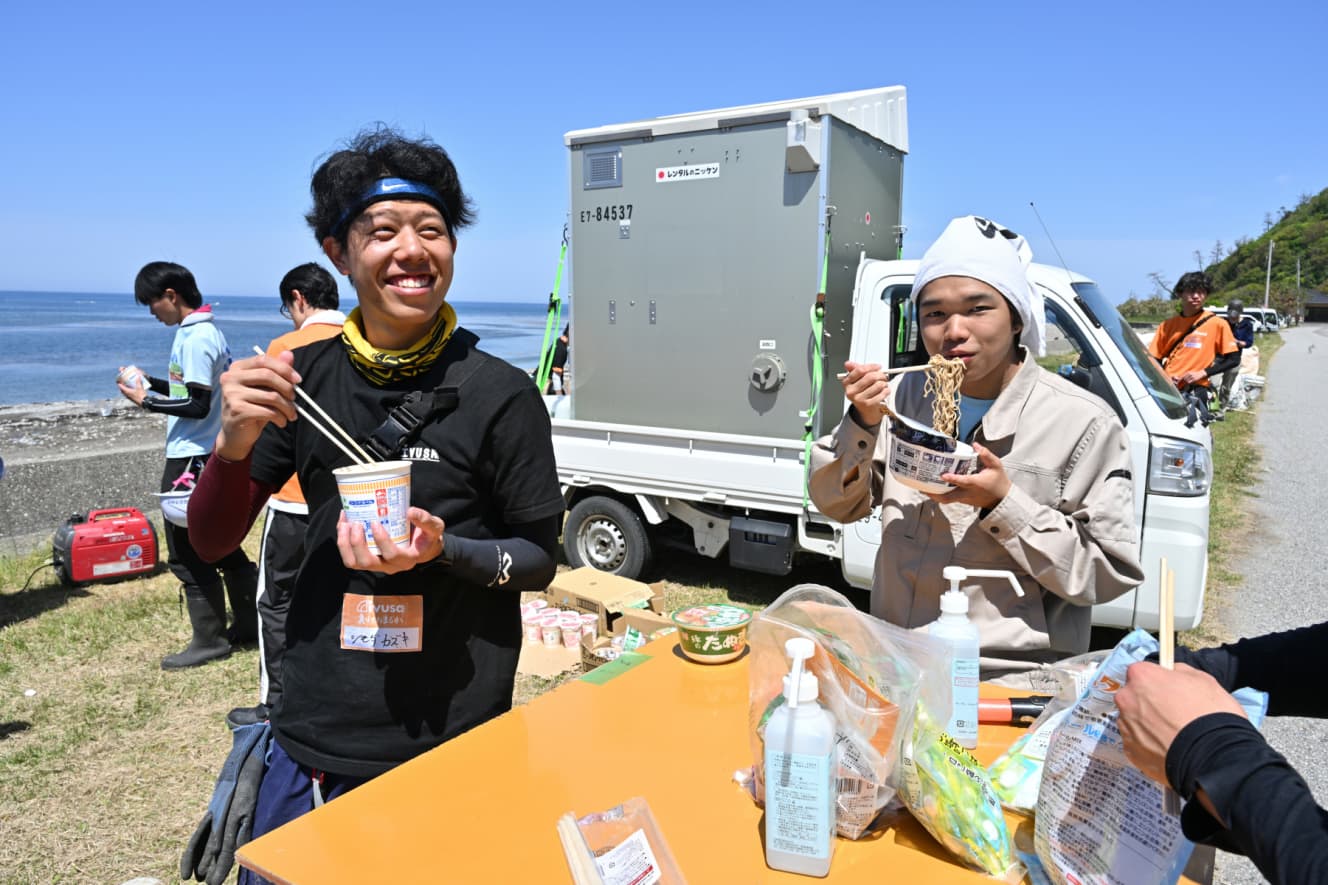
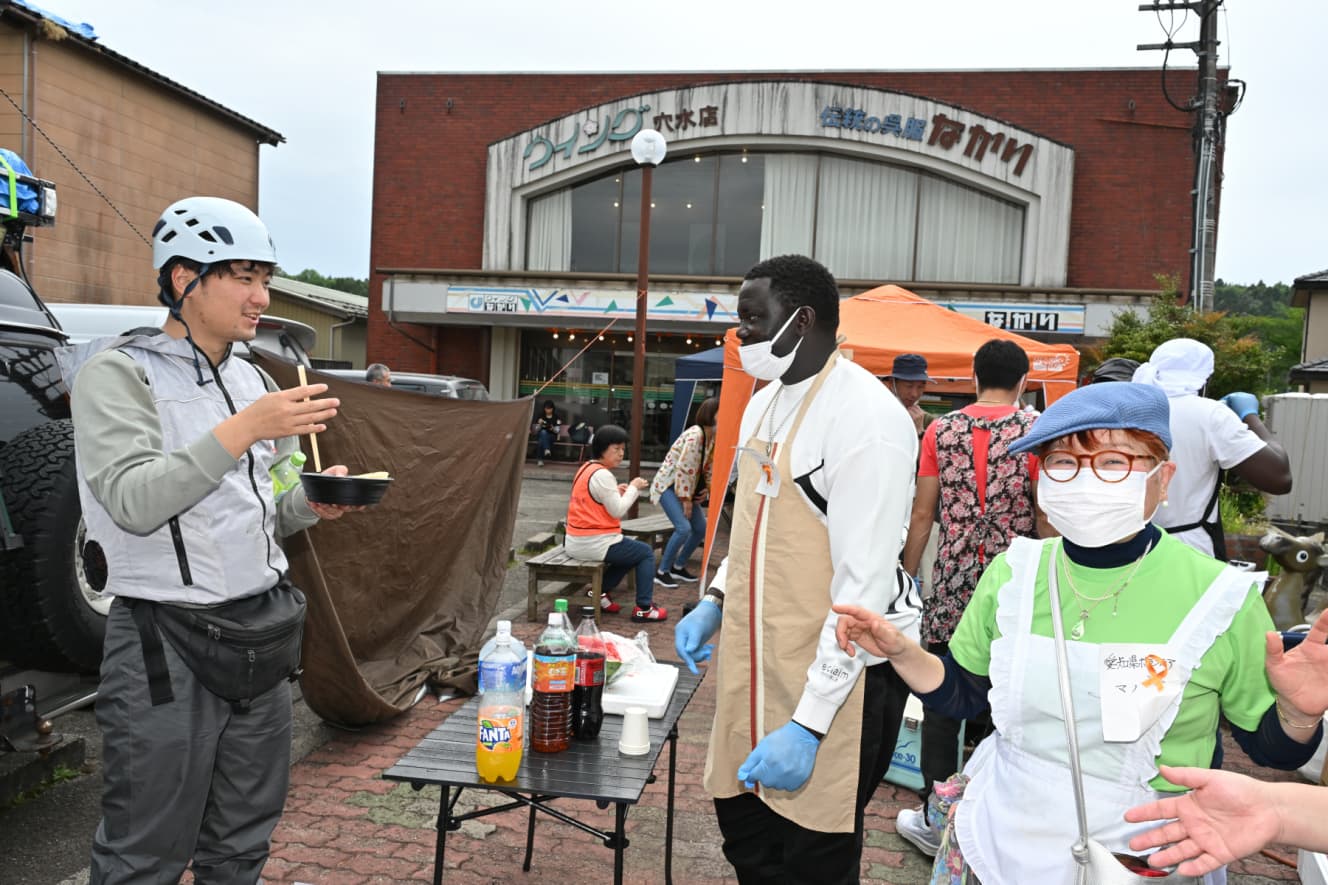

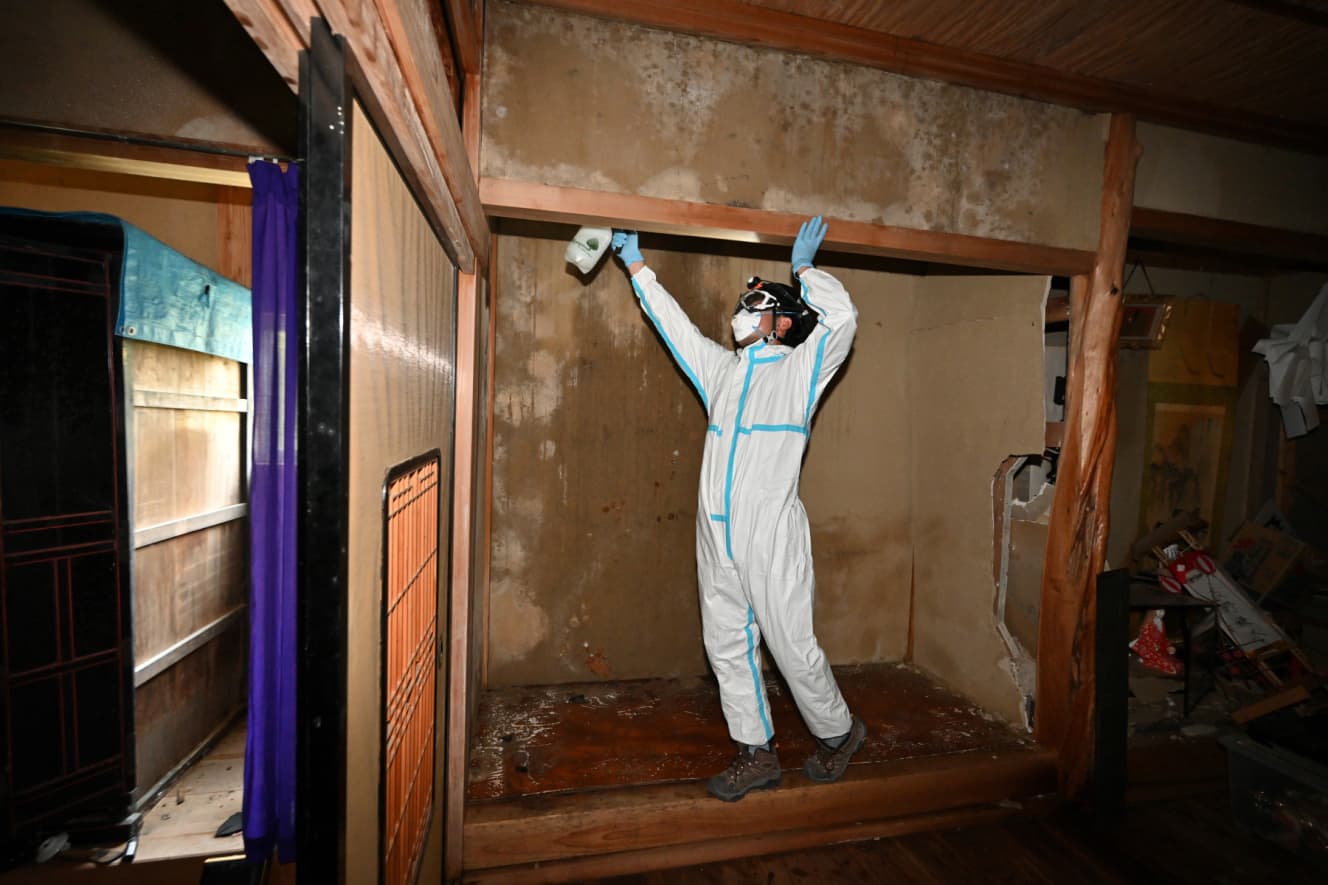
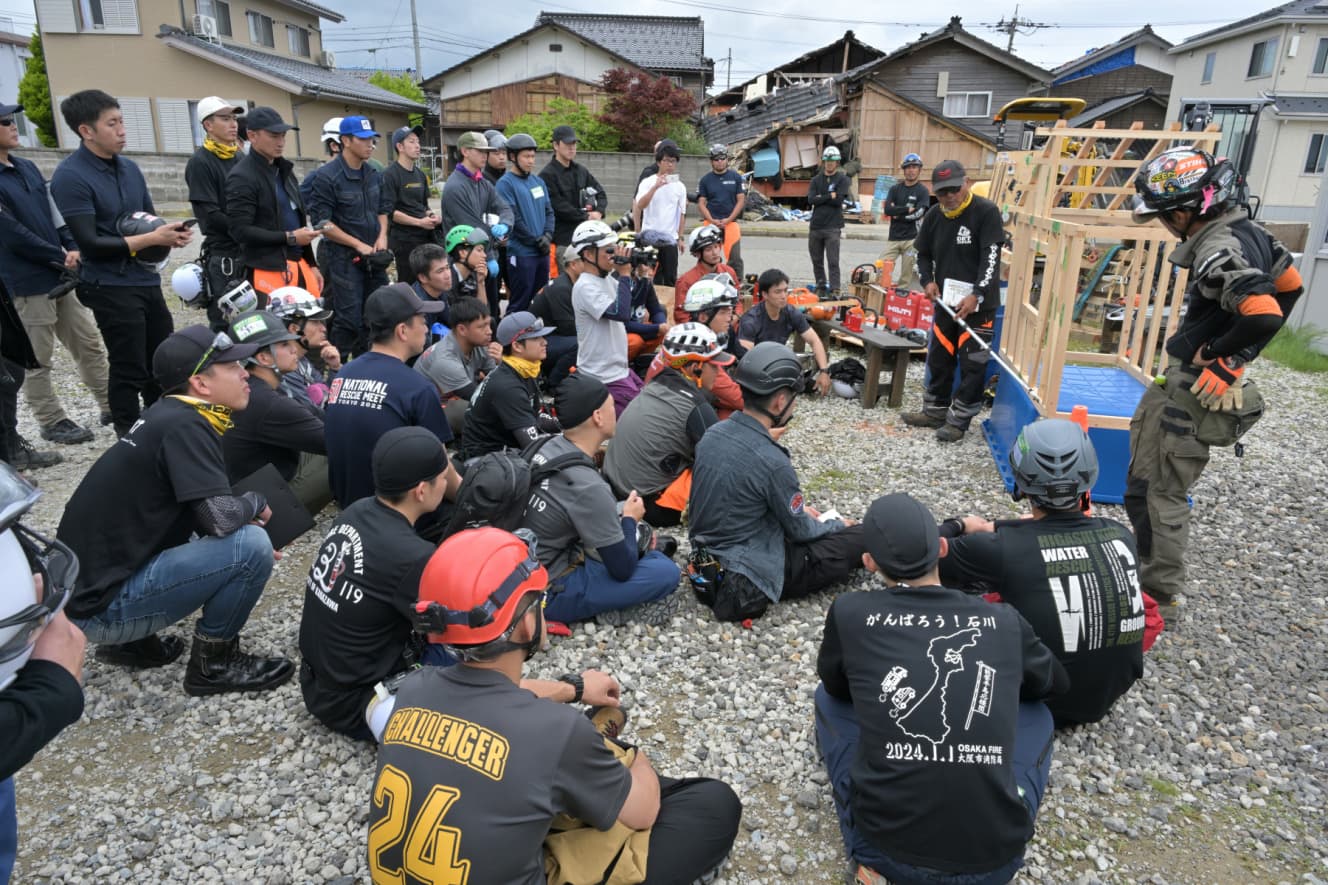
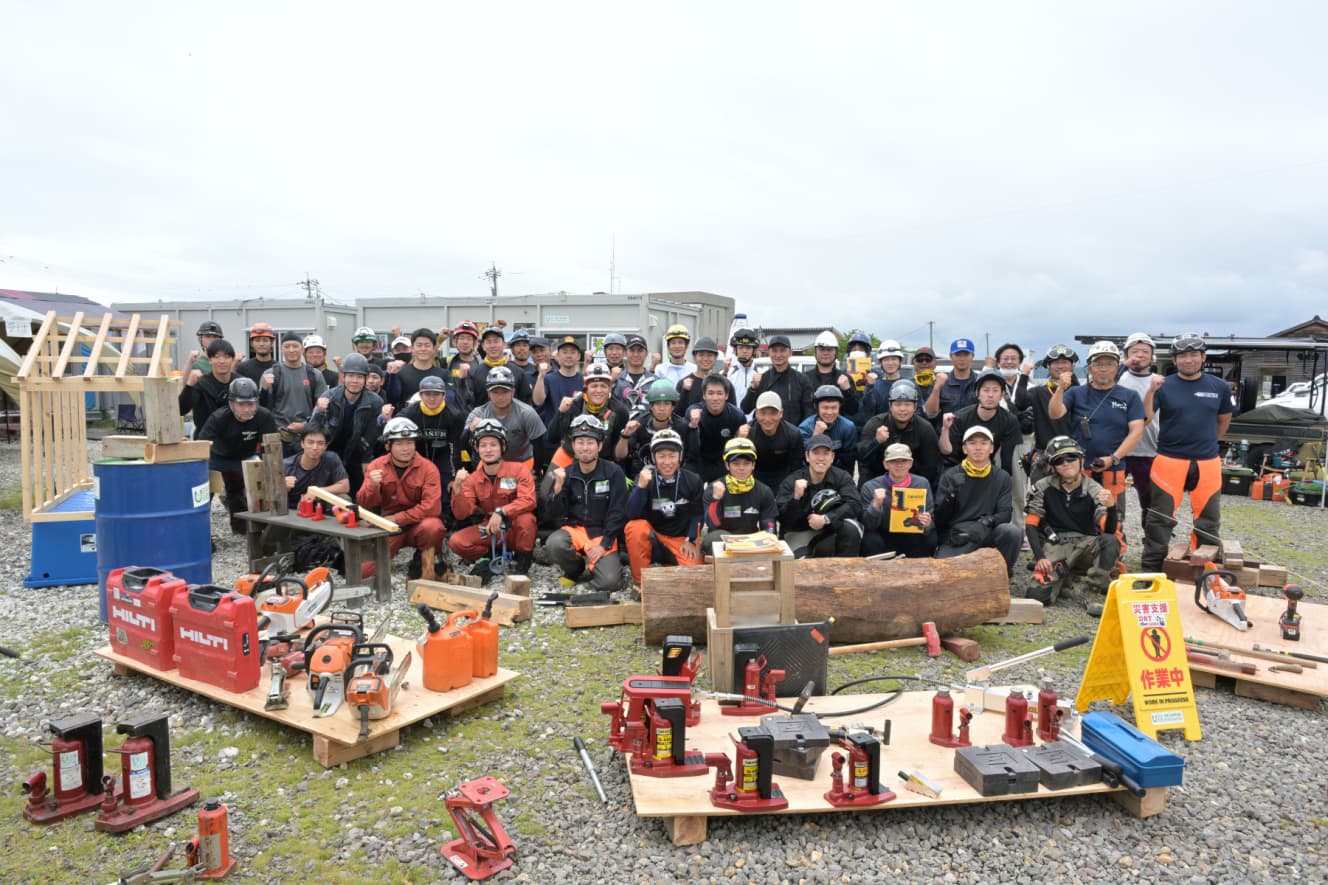
Interview and PHOTO: Naoto Kato
